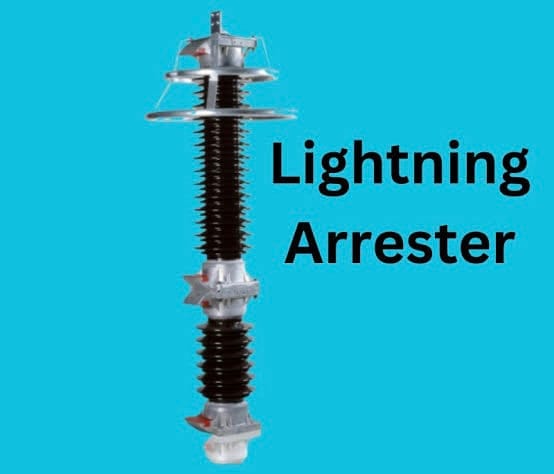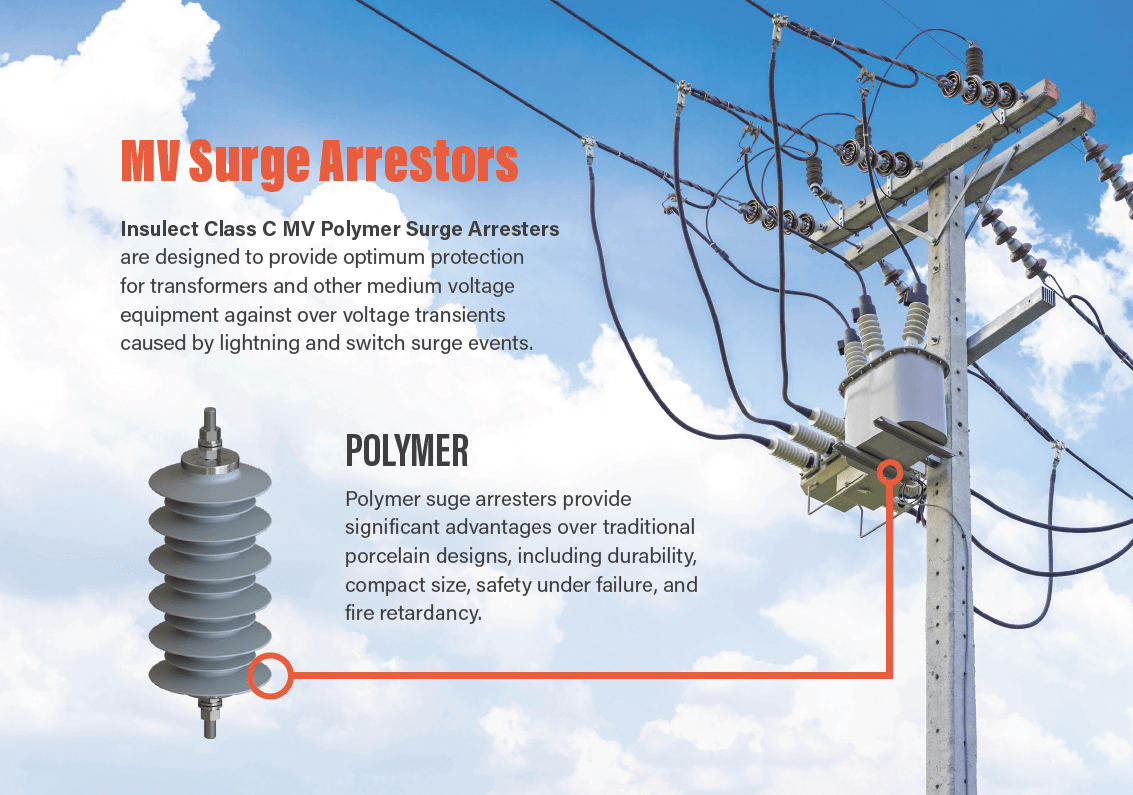The Importance of Lightning Arresters in Modern Infrastructure

The Dangers of Lightning Strikes Lightning strikes pose a significant threat to modern infrastructure, particularly electrical and communication systems. The devastating consequences of lightning strikes underscore the critical importance of implementing effective protection measures. Catastrophic Damage to Electrical and Communication Systems Lightning strikes can cause catastrophic damage to electrical and communication systems, resulting in costly repairs, downtime, and potential data loss. Electrical surges generated by lightning can overwhelm system capacity, destroying equipment and disrupting operations. Direct Strikes: Equipment Failure, Power Outages, and Loss of Life Direct lightning strikes can lead to equipment failure, power outages, and even loss of life. The immense energy released by a direct strike can: Destroy electrical equipment and infrastructure Cause power outages, disrupting critical services Endanger human life due to electrical shock or fires Indirect Strikes: Ground Currents and Electromagnetic Interference Indirect lightning strikes can also cause significant damage through: Ground currents: Electromagnetic induction can generate currents in grounded conductors Electromagnetic interference (EMI): Lightning-generated EMI can disrupt electronic devices and communication systems Protecting Your Systems from Lightning Strikes In order to safeguard against these risks, it is essential to implement lightning protection measures, particularly lightning arresters. Lightning Arresters: A Critical Line of Defense Lightning arresters are specifically designed to: Divert electrical surges harmlessly to the ground Protect equipment from power spikes and electrical transients Ensure continuous operation and minimize downtime By installing lightning arresters, organizations can significantly reduce the risk of lightning-related damage, ensuring the reliability and integrity of their electrical and communication systems.
What is a Lightning Arrester?
A lightning arrester is a vital device designed to safeguard electrical systems and infrastructure from the destructive impact of lightning-induced voltage surges. Its primary function is to protect equipment and structures from the damaging effects of lightning strikes, ensuring the continuity of operations and minimizing the risk of costly repairs.
How Does a Lightning Arrester Work?
A lightning arrester works by diverting high-voltage currents to the ground, thereby preventing damage to equipment and infrastructure. This diversion process ensures that the electrical system remains stable and functional, even in the event of a lightning strike.
Where are Lightning Arresters Typically Installed?
Lightning arresters are typically installed on power lines, communication towers, and other vulnerable structures. These locations are prone to lightning strikes, and the installation of arresters helps to mitigate the risk of damage and disruption.
Types of Lightning Arresters
Lightning arresters are a crucial component in modern infrastructure, protecting systems from the devastating effects of lightning strikes. There are several types of lightning arresters, each with unique characteristics and advantages.
Rod Gap Arresters
Rod gap arresters utilize a spark gap to divert lightning currents. These arresters consist of a series of rods with gaps between them, which create a spark when a high voltage is present. This spark allows the lightning current to be diverted harmlessly into the ground. Rod gap arresters are simple and inexpensive but may require more maintenance than other types.
Metal Oxide Arresters
Metal oxide arresters employ a nonlinear resistor to absorb lightning energy. These arresters use a metal oxide varistor (MOV) to limit the voltage across the arrester, preventing damage to the system. Metal oxide arresters are highly effective and compact but may degrade over time.
Polymer Arresters
Polymer arresters utilize a composite material to provide improved durability and performance. These arresters combine a metal oxide varistor with a polymer housing, offering enhanced strength and resistance to environmental factors. Polymer arresters are highly reliable and require minimal maintenance.
Installation and Maintenance
Ensuring Proper Configuration and Safety
Arresters should be installed by qualified professionals to ensure proper configuration and safety. Improper installation can lead to reduced effectiveness, damage to equipment, and even safety risks. A professional installer will assess the specific needs of your infrastructure and install the arrester accordingly.
Regular Maintenance for Optimal Performance
Regular maintenance is crucial to ensure optimal performance and extend the lifespan of the arrester. This includes inspecting the arrester for signs of wear and tear, checking connections for looseness or corrosion, and ensuring the arrester is properly grounded.
Post-Lightning Strike Inspections
Inspections should be performed after each lightning strike to ensure the arrester is functioning correctly. This includes checking for damage, verifying proper operation, and replacing components if necessary. Regular inspections will help prevent potential issues and ensure your infrastructure remains protected.
Conclusion
In conclusion, lightning arresters play a vital role in safeguarding modern infrastructure from the devastating effects of lightning strikes. By grasping the significance of lightning arresters and ensuring their proper installation and maintenance, we can guarantee the reliability and safety of our electrical and communication systems.
Protecting Modern Infrastructure
Lightning arresters are a crucial component in protecting modern infrastructure from lightning-induced damage. With the increasing reliance on electrical and communication systems, the risk of lightning-related damage also increases. Lightning arresters help mitigate this risk by absorbing the high voltage of lightning strikes and directing it harmlessly into the ground.
Ensuring Reliability and Safety
Proper installation and maintenance of lightning arresters are essential to ensure the reliability and safety of our electrical and communication systems. Regular inspections and testing of lightning arresters can help identify potential issues before they become major problems. By taking proactive measures, we can prevent power outages, equipment damage, and even loss of life.
A Proactive Approach
In today's world, where technology plays a critical role in our daily lives, it is essential to take a proactive approach to protecting our modern infrastructure. By understanding the importance of lightning arresters and taking steps to ensure their proper installation and maintenance, we can enjoy the benefits of technology while minimizing the risks associated with lightning strikes.










Comments ()